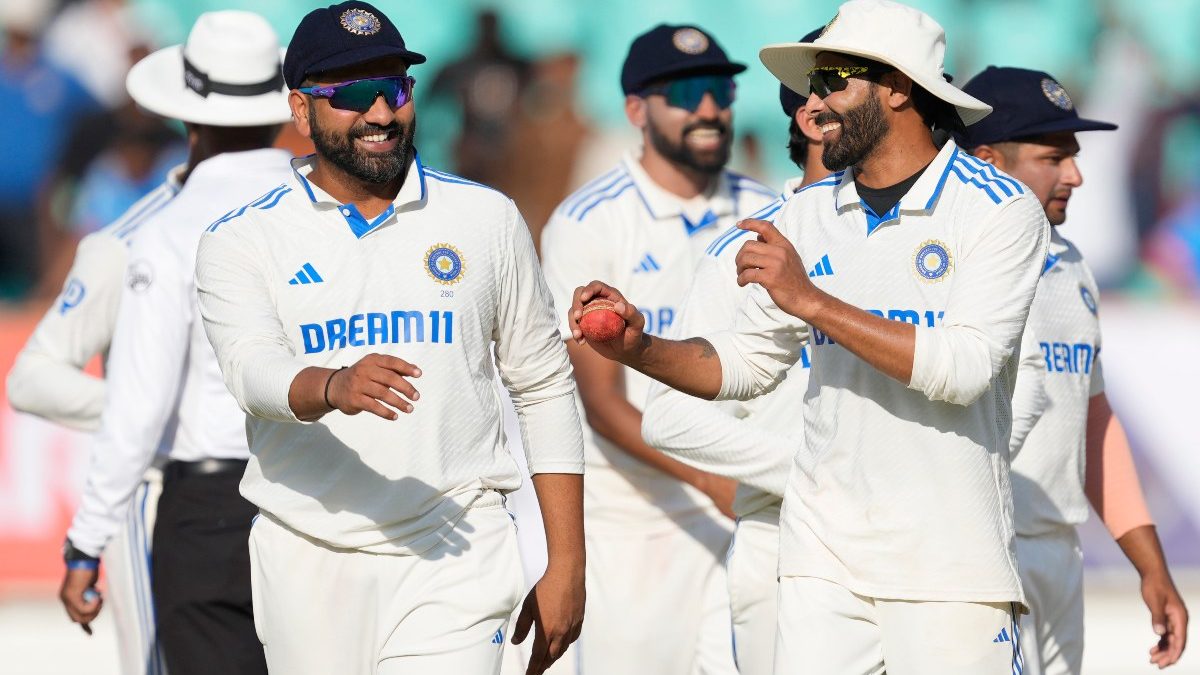Kid, you’ve got this all wrong. You’re only six feet tall. Don’t you want to try to bat for a living instead? Can you bowl spin? How’s your ‘keeping? Are you sure about this?
Dale Steyn was indeed sure. But before he was Dale Steyn — before the tattoos, the swearing, the demonic eyes, the heaps of Test wickets, the undeniable status as the nuclear-tipped spearhead of South Africa’s attack — he was a scrawny skater punk who couldn’t afford to buy milk for his breakfast cereal. So he had to be at training early enough to raid the Centurion dressing room’s supply.
He defied the odds to become a world-class fast bowler; South Africa’s finest and most successful ever, which is no mean feat considering who else has come from that backyard, and among the best from anywhere.
All these years on, he’s still stealing — not milk but the hopes of those who have willed him on to ever greater heights, the dreams of succeeding generations of skinny kids, the hearts of millions of cricket-minded compatriots and foreigners alike, the minds of any opponents who dare look him in the eye.
Even the non-cricket-minded among us know something noteworthy is breathlessly imminent when he stands at the top of his run, hands on the ball, eyes on the prize, veins on the verge of rupture, apparently.
When he leans into what from its outset is a hard-blown, driving run, birds might take to roosting, as they do when a solar eclipse is about to descend on daylight.
His chesty arrival at the bowling crease is like a groom’s facing up to his bride’s father for the first time. He gathers modestly; left wrist cocked right, right cocked left, head tilted. His right foot lands with a thud, his left with thunder.
Then everything whiplashes into line, straight as a striking snake, as he unleashes with animalistic authority. The rest is speed, skid, swing and seam — and the history of 422 Test wickets, the South Africa record.
Steyn’s is not a remarkable action in the manner of, say, Jeff Thomson’s bare-chested bomb-throwing, or Lasith Malinga’s sidewinder not sleeping tonight, or Jasprit Bumrah’s gracefully gliding impression of the Statue of Liberty.
That only makes him more astounding. Steyn is the fast bowler who never should have been, the fast bowler made human. Even though he has become Dale Steyn, tattoos, swearing, eyes, wickets and all, he is still a scrawny skater punk who has no evident physical right to do what he does at the level he does it, to say nothing of doing it as well as he does and for so long.
At least, that used to be the case. He defied science for the first 11 years of his career, during which time he played 81 Tests: an average of more than seven a year. Since December 2015, he has played only a dozen.
Two broken shoulders, a heel injury and another shoulder problem — which forced him out of this year’s men’s World Cup before he had bowled a single ball in a match — have conspired against him.
Finally, all that defiance against the real world had exacted its pound of flesh and bone. Steyn announced on Monday that he will in future confine himself to white-ball activities.
“I felt like a boy who had killed a dove,” Arthur Mailey said of smuggling a googly past Victor Trumper’s defences in a club game. Steyn’s body should feel the same, or at least be ashamed of itself for ending the unlikeliest of cricket’s great career.
Or has it? Steyn was honoured at Cricket South Africa’s (CSA) awards in Pretoria on Sunday night. When morning broke, so too did news that Ottis Gibson had been removed as South Africa’s coach, along with his assistants. Also gone, by his own choice, at least, was team manager and doctor Mohammed Moosajee, who has been part of the dressing room for 16 years, longer than any of the current players. And, probably, Linda Zondi, who has proved himself a capable and confident convenor of selectors.
Other figures in the support structures also face unsure futures, and new and powerful positions — a team manager who will also be the coach, a director of cricket — have been created above the heads of people like Steyn.
The makers of those decisions, CSA’s board, are loathed with uncommon intensity by the players. Most cricketers don’t like their suits. South Africa cannot stand theirs. So much so that they have launched legal action to fight against proposed major changes to the domestic system.
And now this: a crashing fell swoop of change that will dramatically alter how South Africa go about their business on the field. The balance of power is shifting, and not in the direction of those with whom the buck stops when the world is watching.
If you were Steyn, and you didn’t have to put up with all that, would you? Asked on Monday whether it had played a role in his decision, he demurred.
But there could be more where that came from. Hashim Amla could be the next to go, followed perhaps by Faf du Plessis — at least in ODIs, it seems. Who else? That’s impossible to answer, but it is likely there will be more. It appears even more likely that South Africa’s time among the elite teams of world cricket, whatever the format, are over.
They invited this kind of intervention by the desk-bound denizens with their poor performance at the World Cup. A clear-out of the underperforming parts of the machine is warranted, but the depth and breadth of CSA’s reaction will alarm the only assets the board has: the players, who do not have confidence in the board to act in the interests of the game.
Between the rock of an increasingly fragile body and the hard place of administrators who cannot be trusted to do the right thing, what was Steyn supposed to do?
)
)
)
)
)